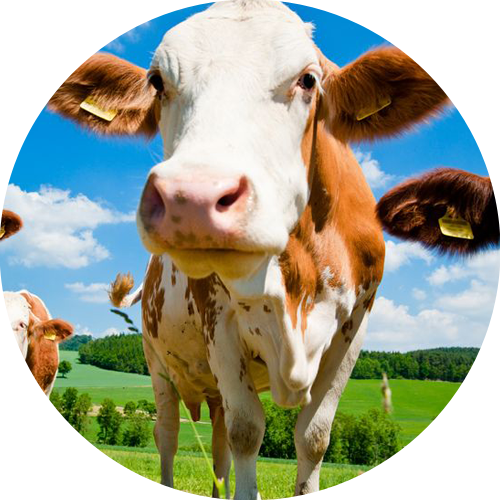
Soap has changed a lot over the years. Not only that, the way soap is made has changed. The next time you go the soap section at your local store, take a look at the bars and see how long it takes to find the word "soap".
In order for a product to be marketed as "soap" it has to be composed of the substance you get when you combine fats or oils with some sort of alkali such as lye. This natural chemical reaction called saponification creates a body cleansing soap containing glycerin. Sounds great, right?
If you add synthetic ingredients or detergents, it is considered a cosmetic or a synthetic detergent product, not soap. This may sound a little strange but when you add things, you take away a lot of the good things we like about soap.
Soap FAQs
Since we are on the subject of taking things away, let's talk about the things most "cleansing bar" manufacturers take away, particularly glycerin. Glycerin is a natural by-product of soapmaking that helps your skin retain moisture. It is also a very useful commodity in many other, more profitable, products such as cosmetics and pharmaceuticals. Glycerin is commonly removed during the commercial soapmaking process and other chemicals and ingredients are added back to change the substance that was once pure soap to something now frequently marketed as a "beauty bar".
What are the benefits of handmade soap? Simple ingredients. Our soaps won't cure everything that ails you, but they are made with simple, high quality ingredients to create a great cleansing experience.

